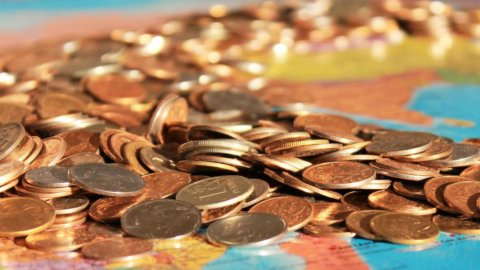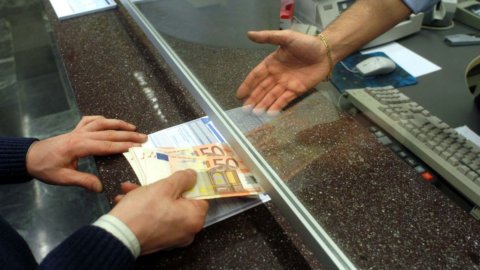Le Western sanctions are having an impact onRussian economy, although the recession may not be as severe as the one predicted by international organizations. The data available so far indicate that Russian GDP is falling significantly, as is industrial production, while inflation is double that in the EU. This is what emerges fromanalysis by the Observatory of Italian public accounts, led by Carlo Cottarelli.
Since the invasion of Ukraine, the West has heavily sanctioned Moscow – through six packs more or less rigid - in an attempt to curb, or at least hinder, the Russian ability to continue the aggression. However, the sanctions have been in effect since the end of February and the data published refer to a maximum up to May. Therefore, there remains considerable uncertainty about the extent of the recession.
Sanctions are weakening the Russian economy
La World Bank estimated at the beginning of April a contraction of 11,2% in 2021; there European Commission by 10,4%; the OECD by 10%; the Monetary Fund by 8,5%. The same Minister of Economic Development of Russia , Central Bank of Russia they predicted declines of 7,8% and 8-10%, respectively.
The site of the Russian Federal Agency for Statistics has published the real level of Seasonally adjusted GDP up to the first quarter of 2022: the growth rate on the previous quarter is 0,5%, down compared to that of the fourth quarter of 2021 (1,4%), but still positive. However, the sanctions only started at the end of February so their effect on the first quarter was modest. For the second quarter, however, the Russian Ministry of Economic Development published the monthly GDP growth trend for April and May, which is negative for both months (The growth rate trend in April is -2,8%, while is -4,3% in May).
According to the Cpi analysis, assuming that the trend growth rate for June is equal to the average for April and May, the real GDP growth rate in the second quarter on the previous quarter would be -5,4%.
A decline in GDP is also assumed in the third and fourth quarters, albeit at a less intense pace than those observed in the second quarter (when the impact may have displaced productive activity more immediately), at a rate of 3,25% , 60% of the decline rate in the second quarter. In this case, Russian GDP would fall by 4,6% compared to 2021. This would be a sharp fall, although not as sharp as the one expected by the West. However, the growth rate for the fourth quarter of 2022 on the fourth quarter of 2021 would be -11%.
Declining industrial production; inflation is double that of the euro area
In April and May 2022, the trend growth rate of industrial production became negative (1,6 and 1,7%, respectively). Between February and May 2022, the growth rate of industrial production (adjusted for seasonality and annualized) is -3%.
Inflation the trend showed very high values starting from March 2022 (17-18%) The monthly increase in prices was particularly strong in March (7,5%, net of seasonal factors), even if the increase then attenuated .
Ruble-euro exchange rate: why the Russian currency strengthened during the war
The ruble has been on a roller coaster since the Russian invasion of Ukraine. After an initial depreciation, the Russian currency has strengthened significantly. This is for two reasons:
- The first is by nature financial: the Russian central bank, to counter the initial depreciation of the ruble, raised the reference interest rate up to 20% from 28 February to 8 April (the rate is now at 9,5%); prevented Russian subjects from exchanging rubles for other currencies; forced Russian companies to convert a large percentage (initially 80%, then reduced to 50%) of export payments received in foreign currency into rubles (Gazprombank, for example, was forced to convert 100% of the proceeds from the sale of hydrocarbons in rubles).
- The second concerns the current balance of payments transactions: sanctions have slowed imports, while exports have grown due to the increase in the price of hydrocarbons. The net flow of foreign currency therefore strengthened, prompting the appreciation of the ruble.
The weight of sanctions on the Russian economy: imports and exports in trouble
Russia is unable to spend on imports, due to the sanctions, what it collects on exports, despite the same sanctions.
The current account surplus of the balance of payments (exports minus imports) in the period January-May 2022 tripled compared to the same period of 2021. In the first quarter (for which disaggregated data is available), the value of exports increased by almost 60% compared to the first quarter of last year year. However, imports also showed an increase (+12%). The latter figure can be partly explained by the increase in trade with non-sanctioning countries (such as China and India) and by the fact that Western sanctions against Russia were not yet active in January and most of February. Furthermore, the trend growth rate does not allow to derive the most recent trend (i.e. the change compared to the fourth quarter of 2021, the last one completely without sanctions).





